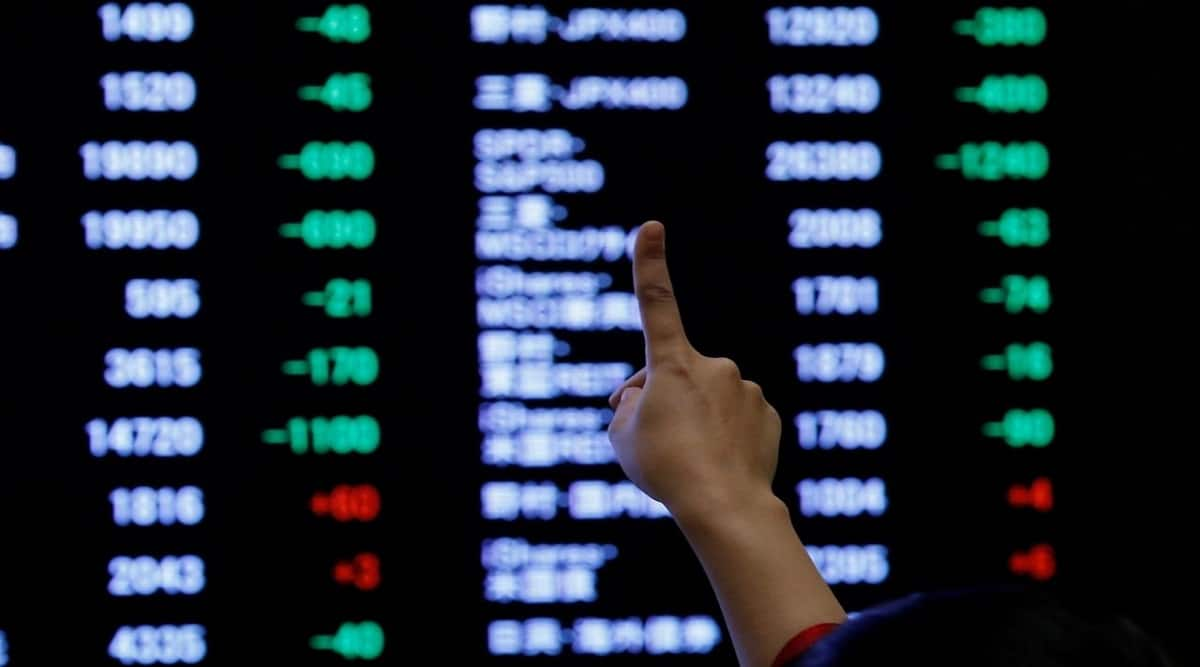With the rapidly changing world where India’s population is set to overtake that of China and supply chains are reshaping, analysts at Bank of America Securities (BofA) are now highlighting stocks that they believe will bode well for the years to come with their offerings and fundamentals inclined towards this change. Analysts have picked 50 stocks from across the globe, of which Reliance Industries (RIL) and Zomato have been picked from India. RIL and Zomato are seen as stocks that will benefit from the growing use of the internet and more disposable income for urban India.
Reliance IndustriesPrice Objective: Rs 2,917Upside: 11%
Mukesh Ambani-owned Reliance Industries is the largest conglomerate, which has evolved from a traditional oil & gas/petrochemicals business to India’s everything company. RIL now offers Reliance Jio — a major telecom company, Reliance Retail a retail giant offering services both online and offline and JioMart. “RIL also has a suite of consumer-facing apps and investments in multiple startups/digital spaces across segments,” BofA said.
ZomatoPrice Objective: Rs 82Upside: 20.5%
The food-delivery giant has been a massive disappointment, falling massively from the IPO price. The stock currently trades at Rs 68 per share, down from the IPO price of Rs 76 apiece and a 52-week high of Rs 169 per share. However, BofA remains confident. Analysts believe Zomato will benefit from two key trends, the first being growth in urbanisation leading to higher consumer disposable income, and reduced dependence on home-cooked food & kitchen set-up. Secondly, increasing digitization with 950 million people expected to have internet access by FY26 from 650 million currently per RedSee.
“We find the food delivery business of Zomato directly exposed to demographics,” said BofA. “We consider Hyperpure, which is Zomato’s B2B, offering to be an indirect beneficiary as restaurants in India move towards digitization,” they added. Analysts believe Zomato trades at a premium to global peers, owing to a sustained higher growth rate due to the current low online food penetration

Leave a Reply